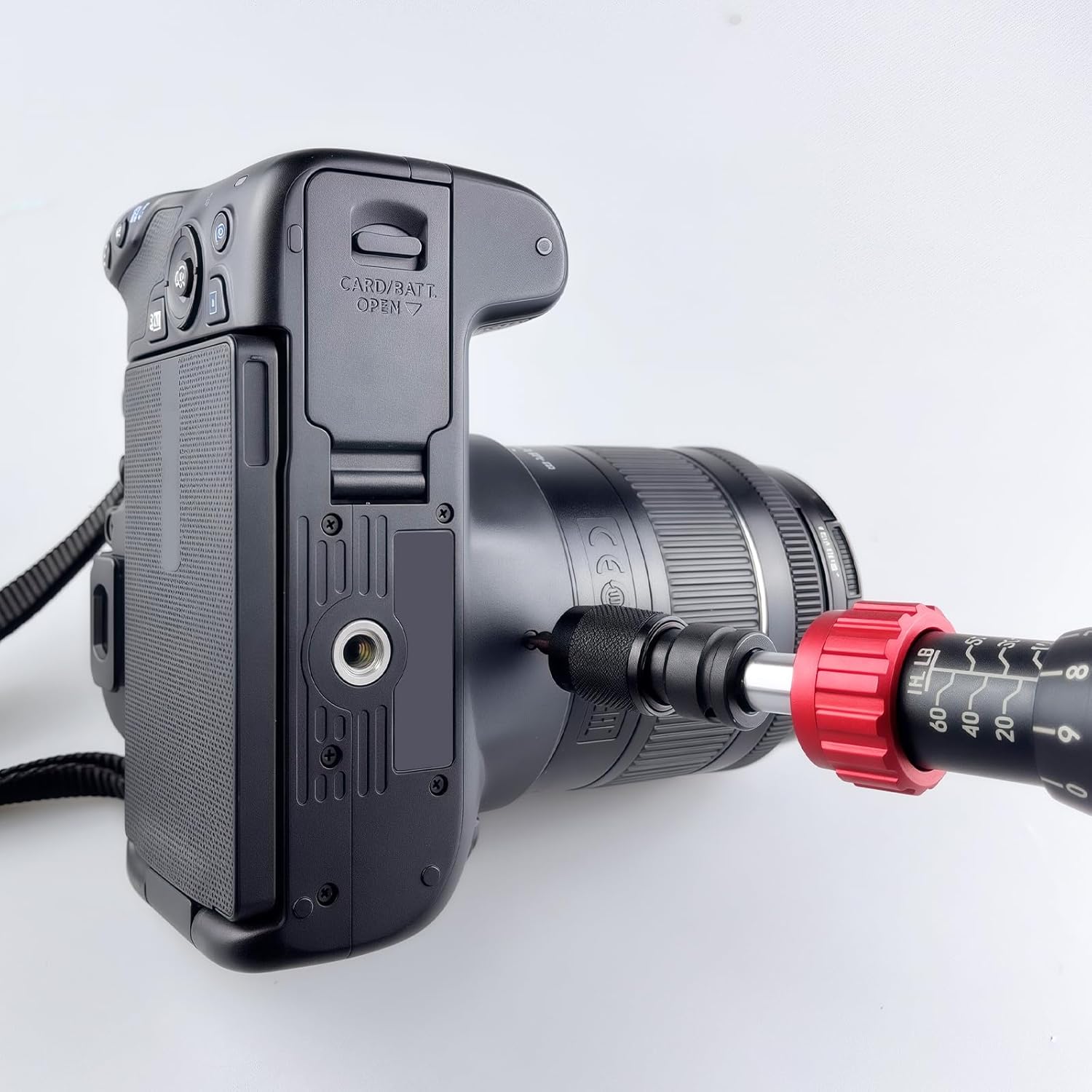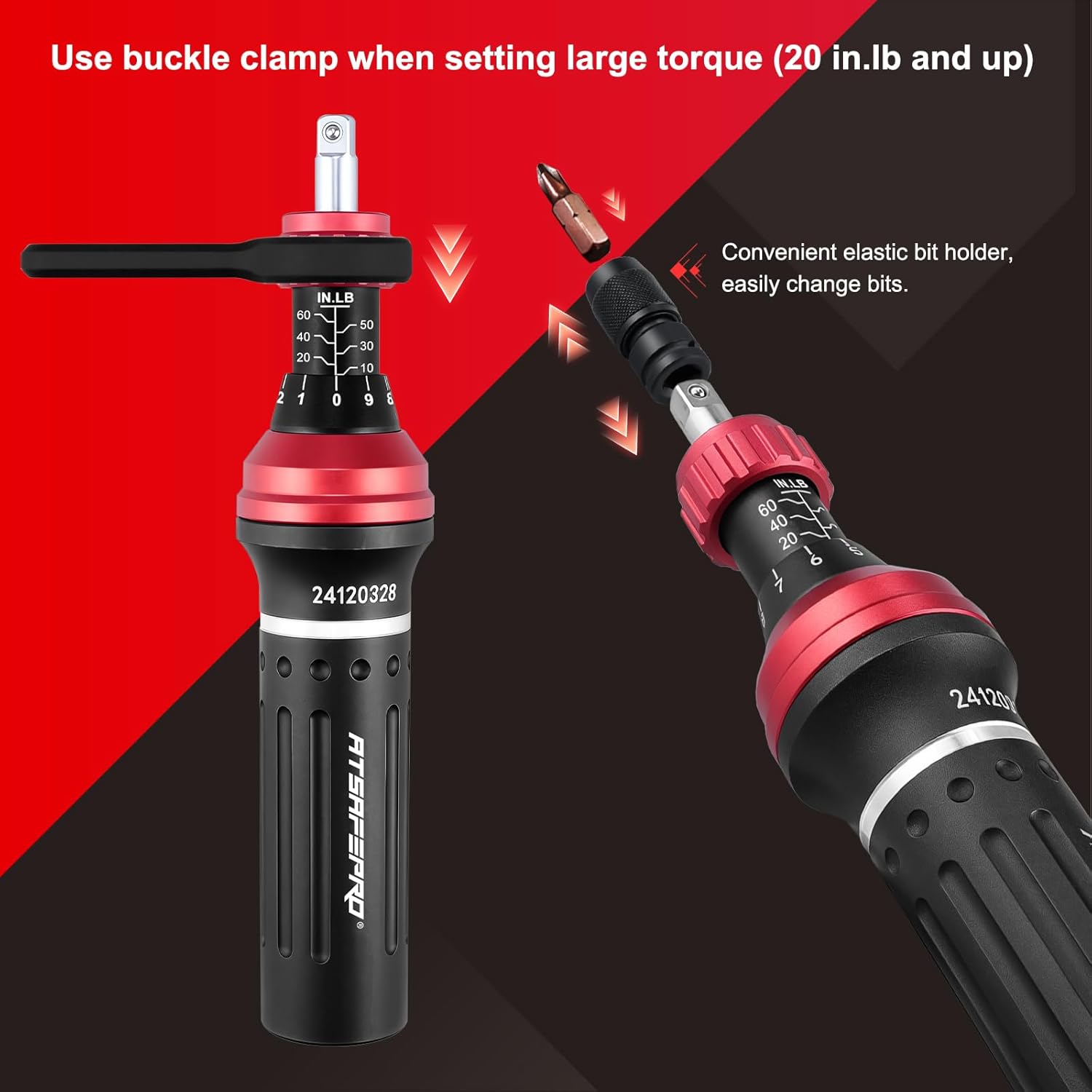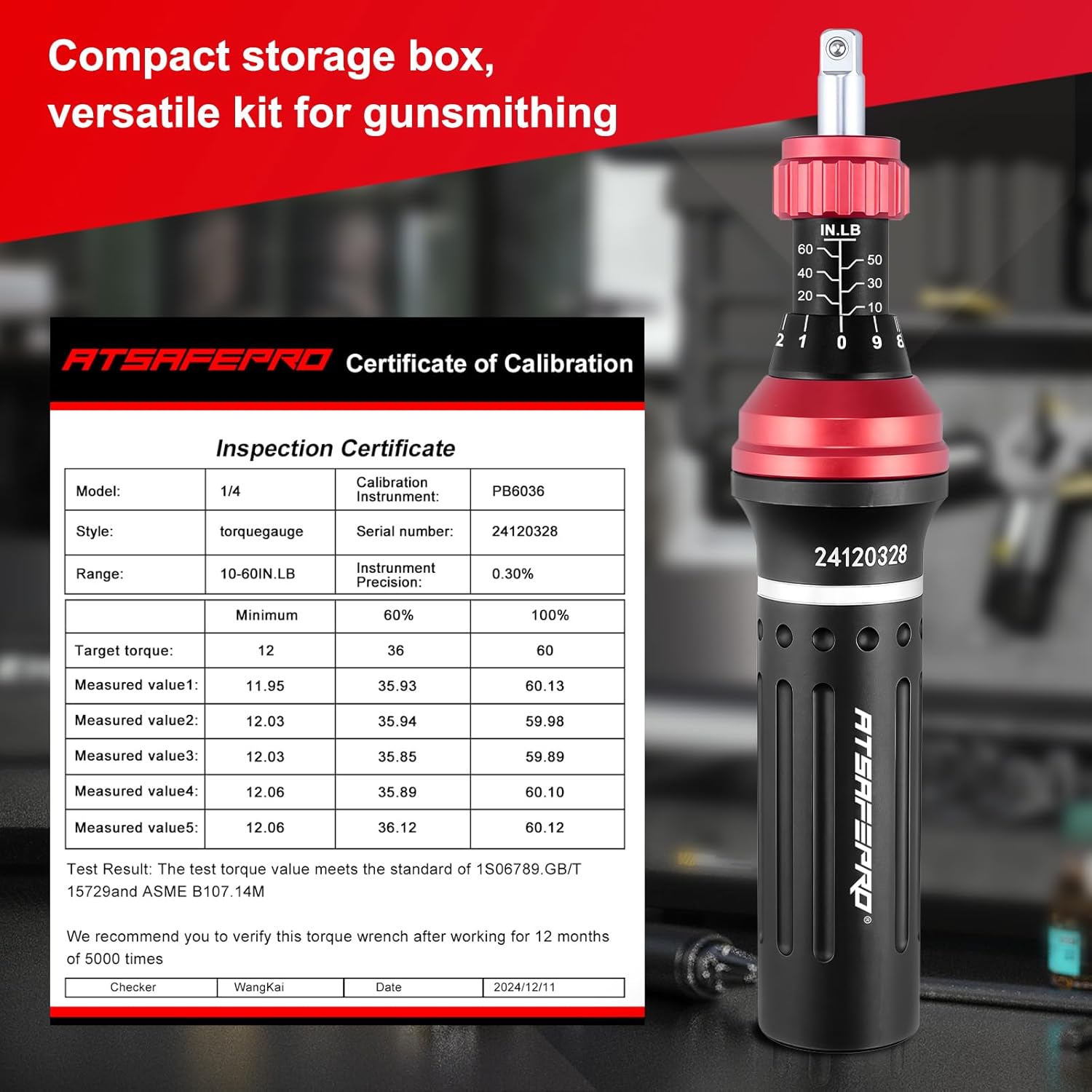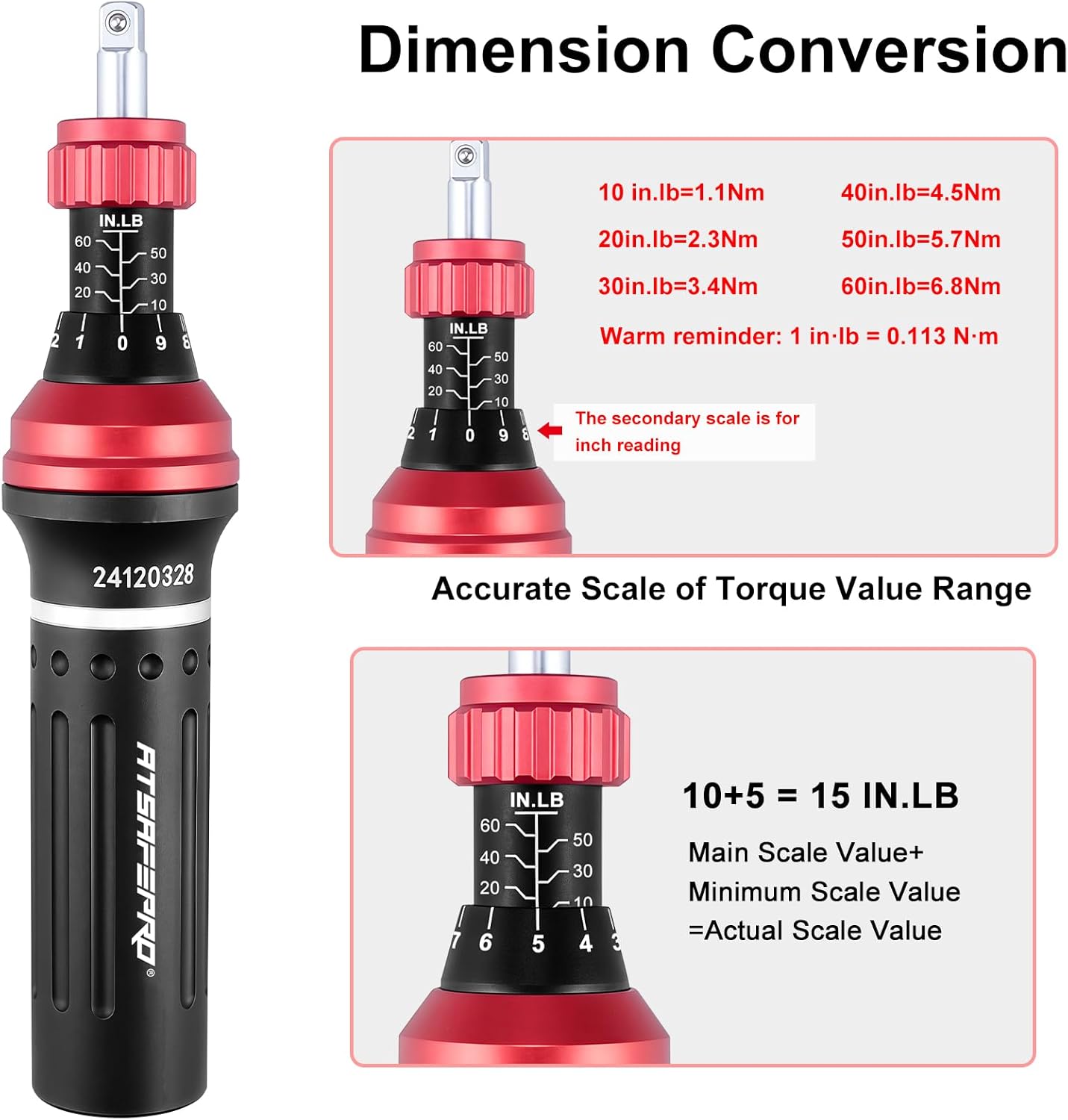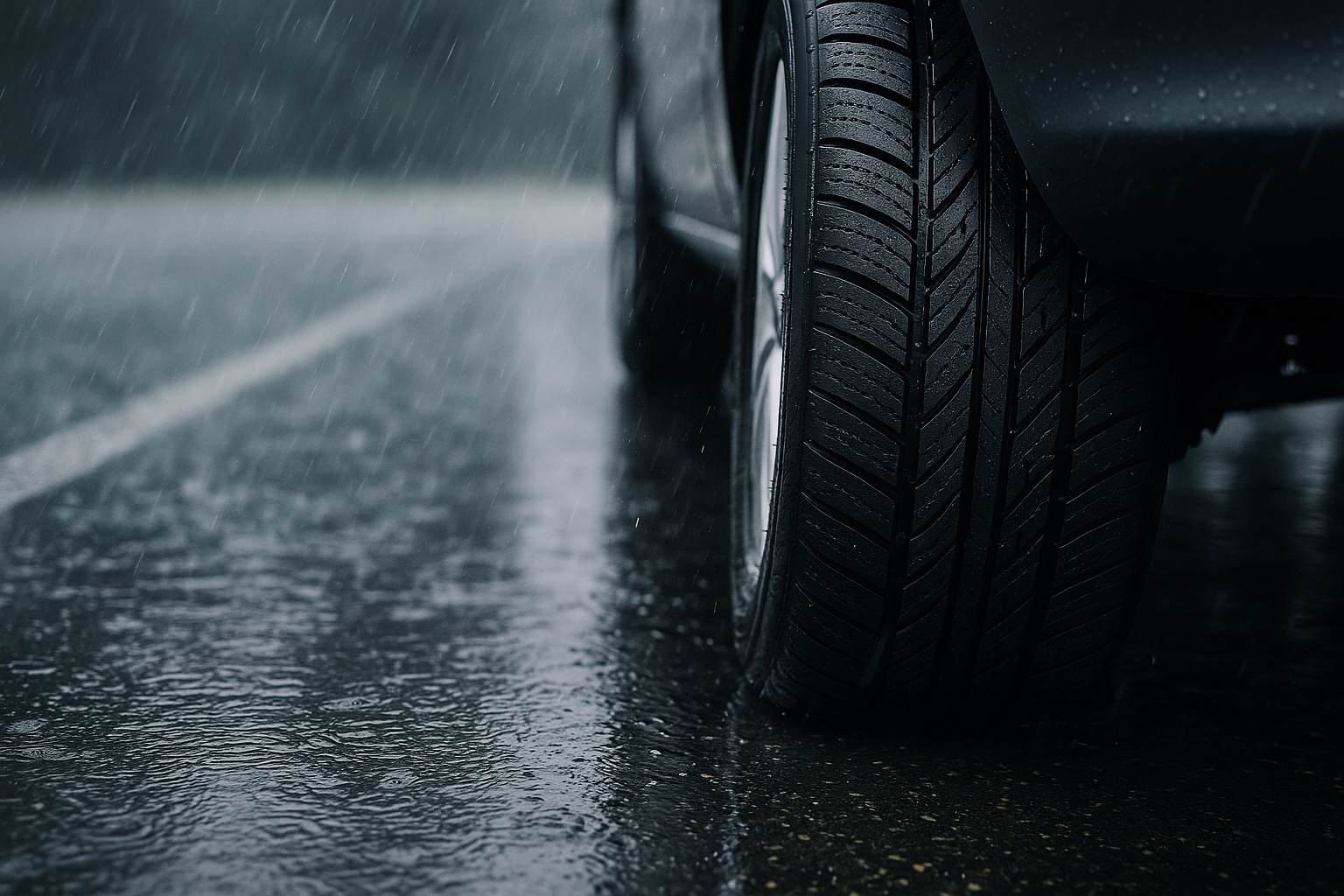
Rainy Day Risks: Tire Habits That Help You Avoid Hydroplaning
Why Hydroplaning Happens in Rainy Conditions
Hydroplaning occurs when water prevents your tires from making direct contact with the road. At that moment, steering becomes vague, braking distance increases, and the car may skid uncontrollably. The Federal Highway Administration reports that wet pavement contributes to over 70% of weather-related crashes in the U.S. each year. This makes rainy-day tire care not just a routine task, but a critical safety habit.
Tire Pressure: A Crucial Line of Defense
Tire pressure directly affects how water is dispersed beneath your tires.
-
Underinflated tires flatten against the road, trapping water underneath and increasing hydroplaning risk.
-
Overinflated tires reduce the contact patch, giving less grip when it’s most needed.
The best safeguard is to stick to manufacturer-recommended PSI. A digital tire gauge from ATSAFEPRO provides accurate readings, while a portable inflator ensures you can make corrections quickly at home before heading out in wet weather.
Tread Depth: The Hidden Factor in Wet Road Grip
Tire tread grooves are designed to channel water away from the contact patch, but only if there’s enough depth.
-
Below 2/32 inch, tires lose their ability to displace water effectively.
-
For rainy regions, drivers should aim for at least 4/32 inch for safe performance.
With an ATSAFEPRO tread depth gauge, you can measure this precisely instead of guessing by eye. Replacing tires before they reach unsafe levels is one of the most effective ways to avoid hydroplaning.
Driving Habits That Reduce Hydroplaning Risk
Even with well-maintained tires, your behavior on the road makes a difference:
-
Slow Down in Rain: Hydroplaning risk increases sharply above 50 mph.
-
Avoid Sudden Braking or Steering: Smooth inputs reduce tire stress.
-
Drive in Existing Tracks: Following the path of cars ahead reduces standing water.
-
Increase Following Distance: Wet surfaces require longer stopping distances.
By combining proper tire care with thoughtful driving, you create an extra margin of safety in unpredictable conditions.
Real-World Scenarios Where Preparation Matters
-
Highway Commuters: A sudden downpour at high speeds can be catastrophic without proper tire checks.
-
Urban Drivers: City streets often hide puddles in potholes—thin tread makes them a hidden trap.
-
Family Travelers: A fully loaded car on wet roads demands higher PSI for stability.
-
Mountain Drivers: Slopes plus rainfall put extra stress on tires, making accurate PSI and tread depth essential.
Habits That Keep You Safe Year-Round
-
Check tire pressure monthly and before long drives.
-
Use a tread depth gauge seasonally, especially before rainy months.
-
Rotate tires regularly to maintain even wear.
-
Carry an ATSAFEPRO inflator and gauge in your trunk for emergencies.
ATSAFEPRO: Simple Tools for Safer Rainy Drives
Hydroplaning is frightening, but it doesn’t have to be inevitable. With ATSAFEPRO gauges, inflators, and tread depth tools, drivers gain accurate, convenient checks that turn wet weather driving from stressful to manageable. Tools make safety a habit, and habits make accidents less likely.
Stay Confident Even When Roads Are Wet
Rainy days test both your driving skills and your tire care routines. By keeping pressure accurate, tread deep, and habits smart, you reduce the risk of hydroplaning and protect your passengers. With ATSAFEPRO tire care solutions, prevention is simple—and peace of mind comes standard.
Discover ATSAFEPRO tire tools or reach out via Contact Us to build your rainy-day tire safety routine today.



